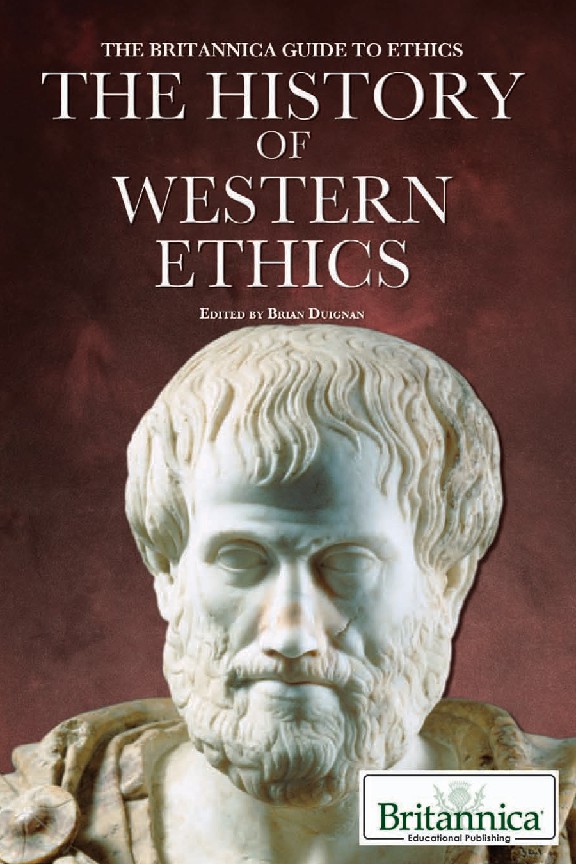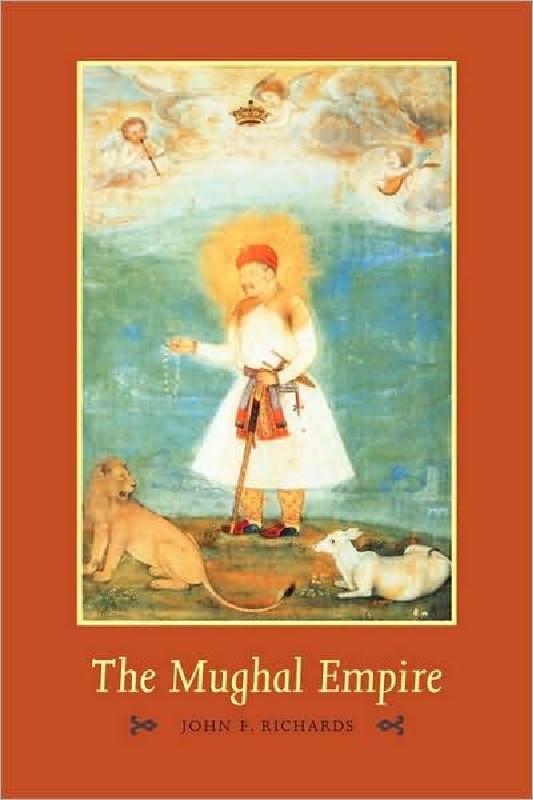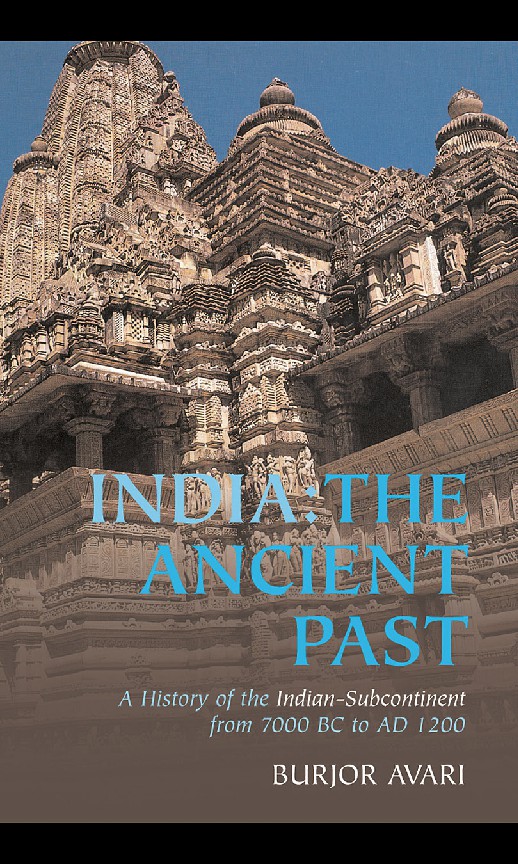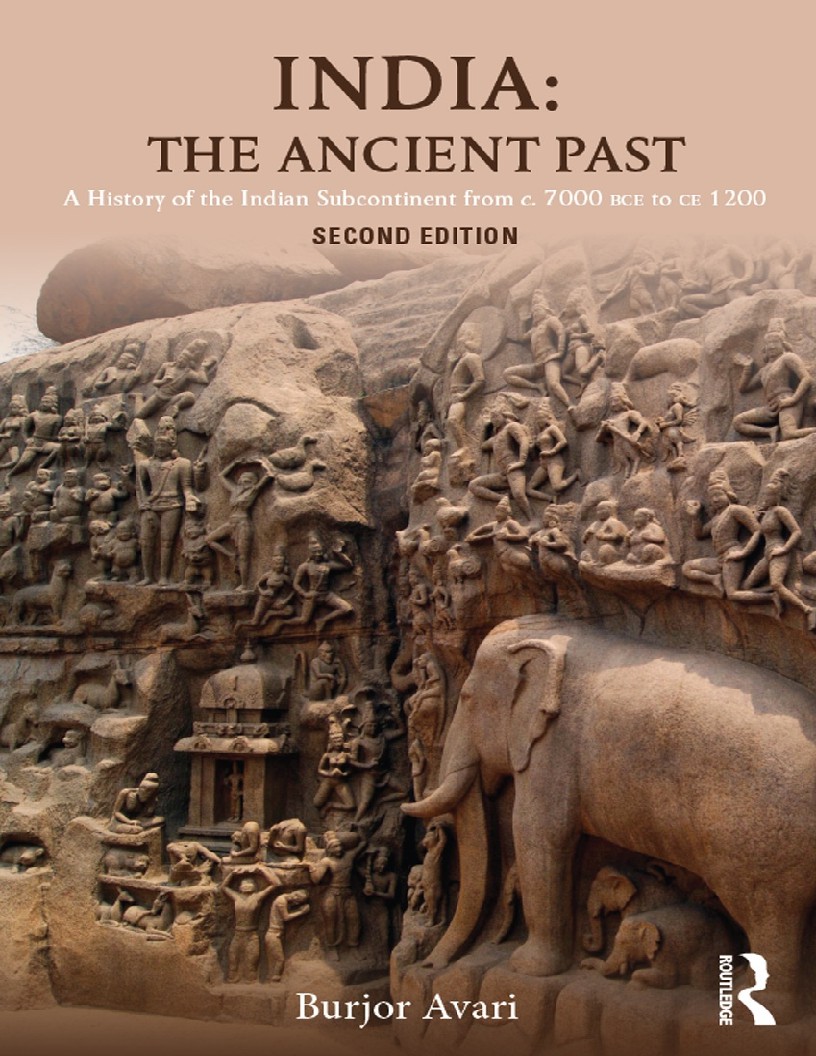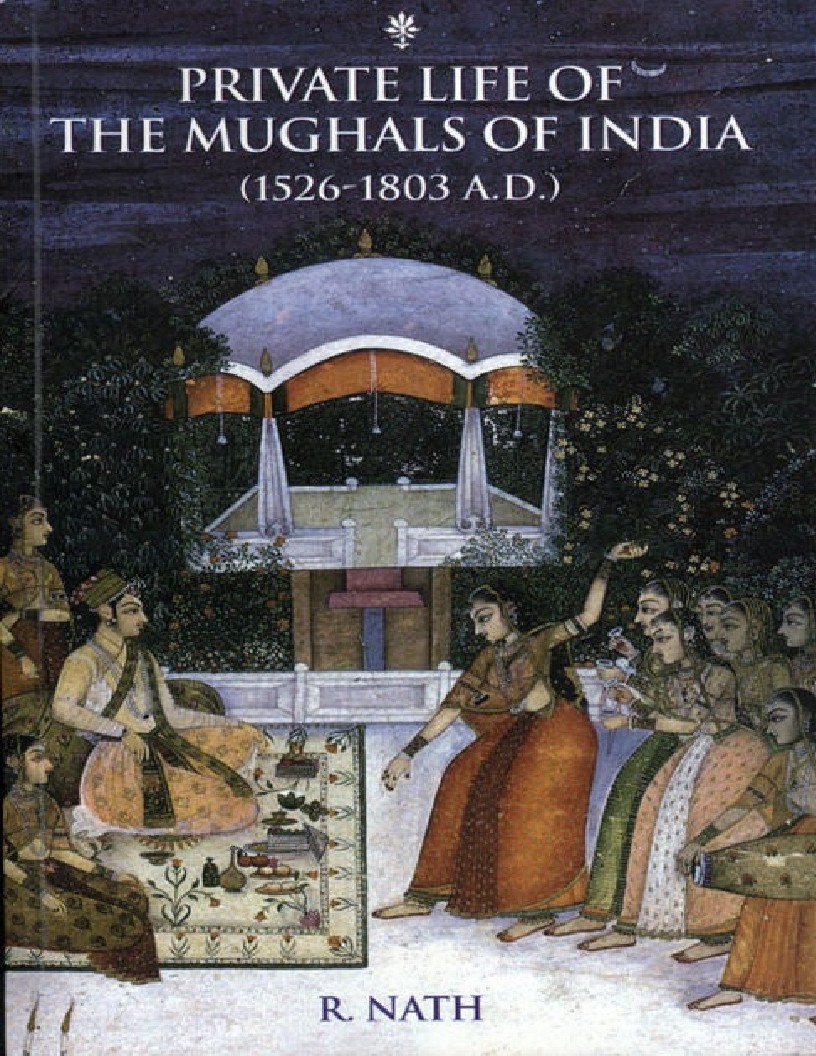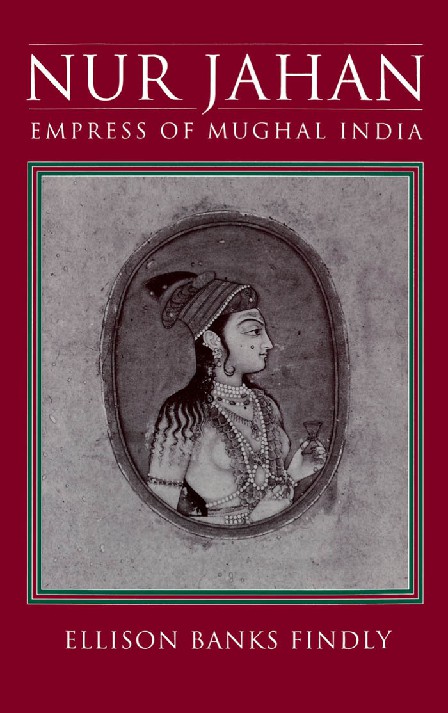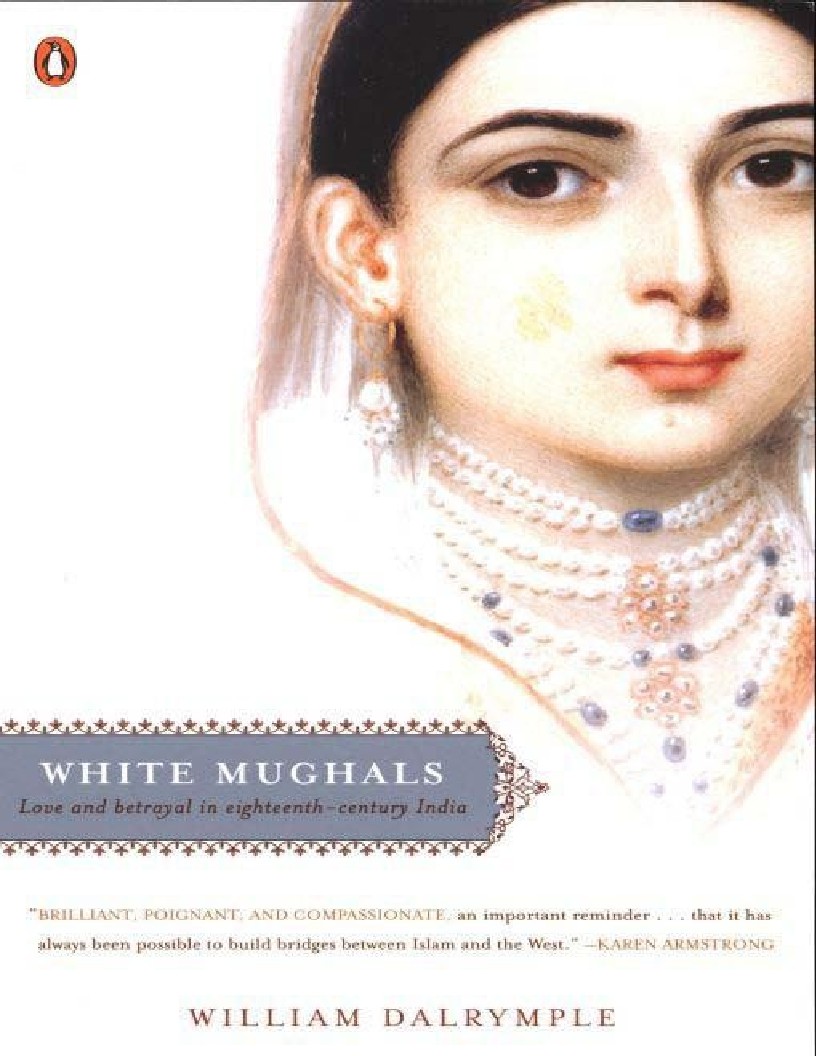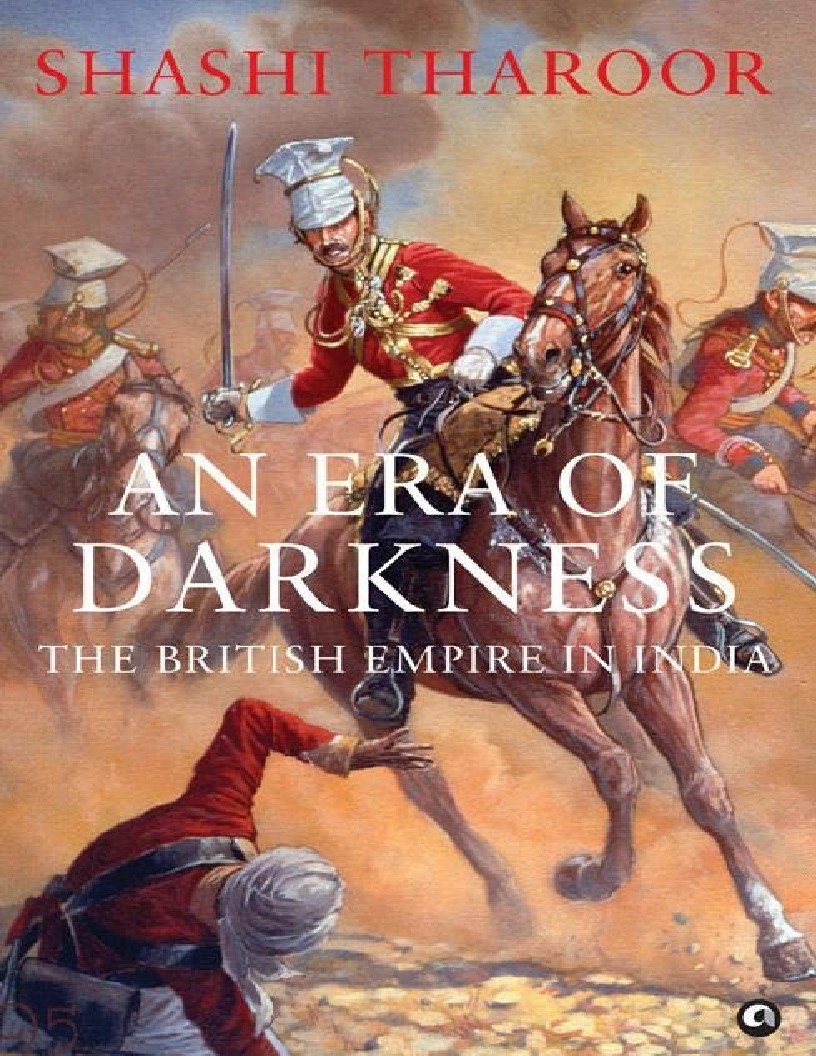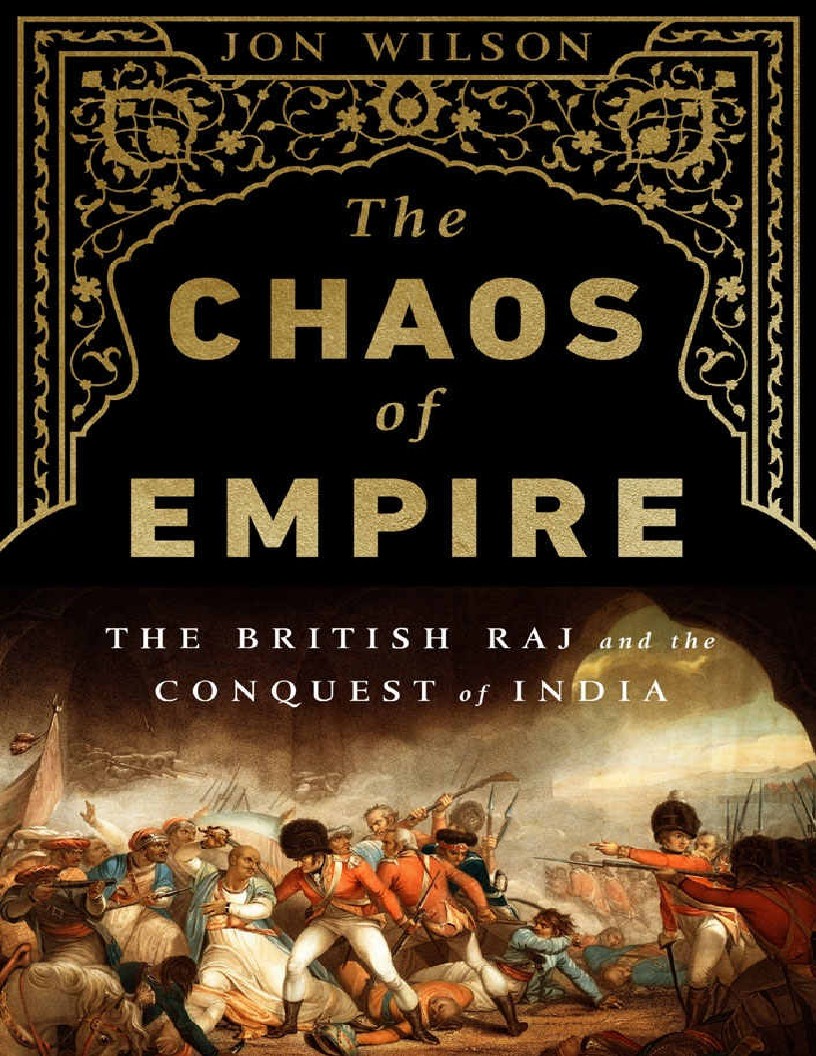Book Details
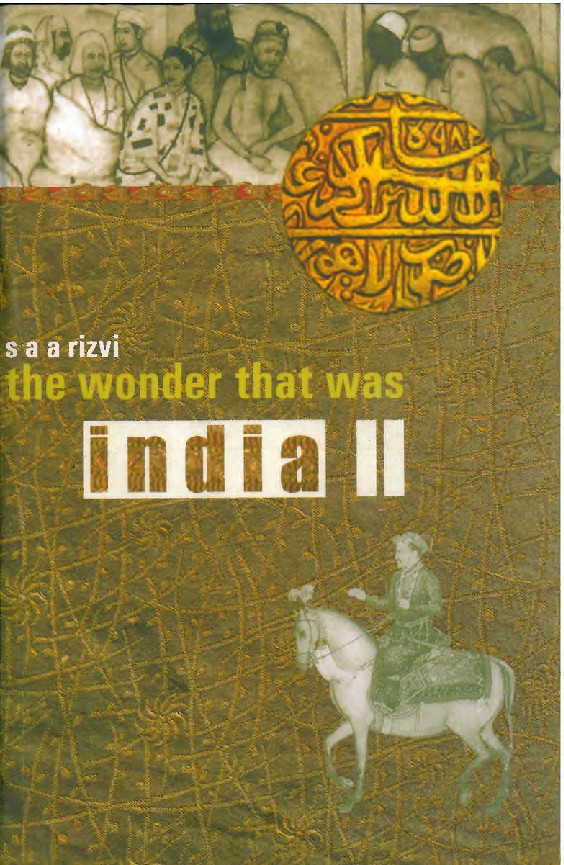
The wonder that was India
Every Indian language has a complex phonetic system and contains
phonemes which to the average speaker of English seem
almost exactly the same, but to the Indian ear are completely
different. Only after long practice can the hearing be trained to
recognize these differences, or the vocal organs to pronounce them
accurately. The scripts of Indian languages reproduce these
sounds, but they can be expressed in Roman script only by means
of numerous diacritical marks below or above the letters. It is
assumed that most the readers of this book will not be students of
Indian languages, and therefore a simplified system of alliteration
has been used, which gives some idea of the approximate sound.
Words in classical languages are transliterated according to the
simplified system mentioned above. Place-names in general follow
the present-day official spellings of the governments of the countries
of South Asia, as given in Bartholomew's World Travel Map,
India, Pakistan, and Ceylon, 1970. Proper names of nineteenthand
twentieth-century Indians are given in the spelling which they
themselves favoured. Diacritical marks have been placed over the
long vowels in such names, in order to give some ideas of the
correct pronunciation. Exceptions are made only in the case of a
·very few Anglicized words, like Calcutta and Bombay.
Only three letters with diacritical marks are normally used: a,
z,and u. These distinguish long from short vowels. In most Indian
languages e and o are always long, and therefore do not need.
diacritics.
Author: S. A. A. RIZVI
Pages: 486
Issue By: eBook 707
Published: 2 years ago
Likes: 0


